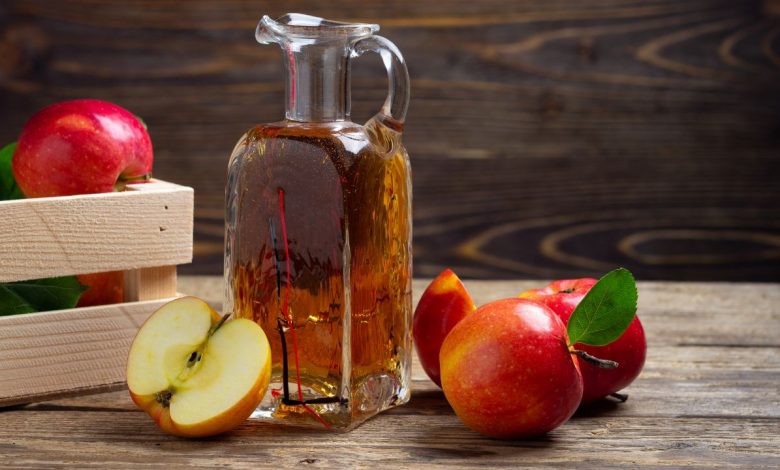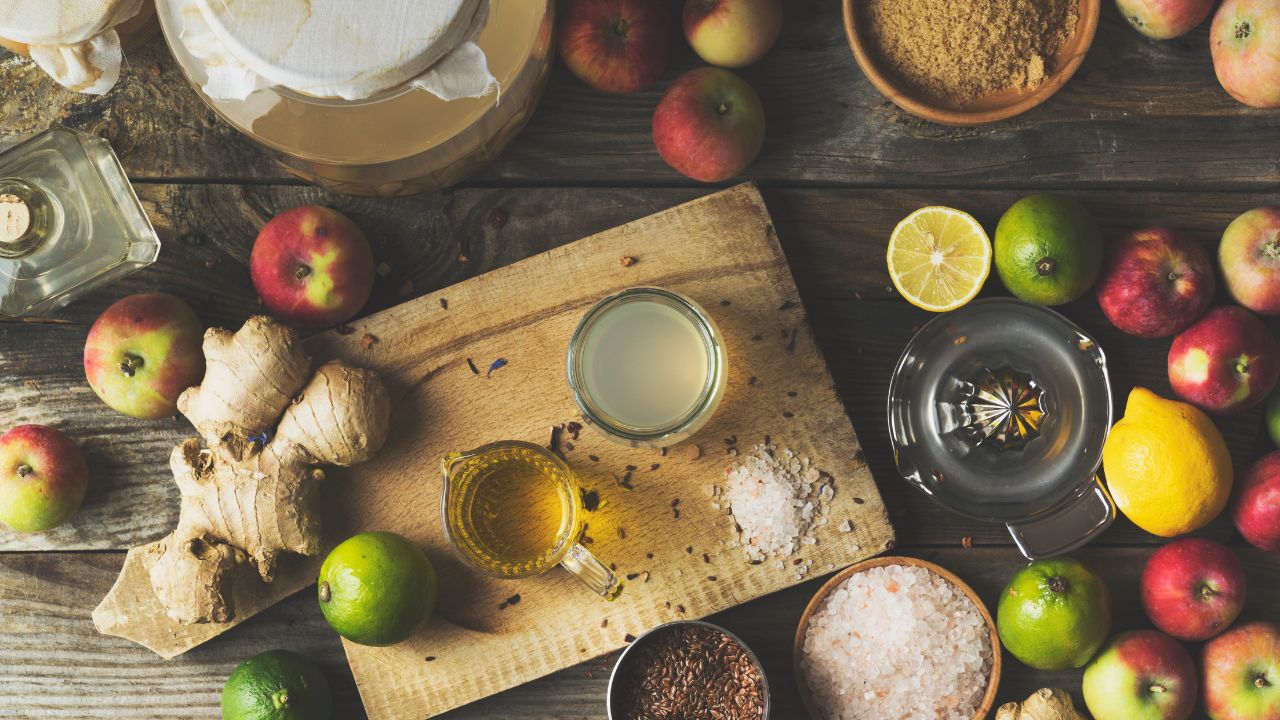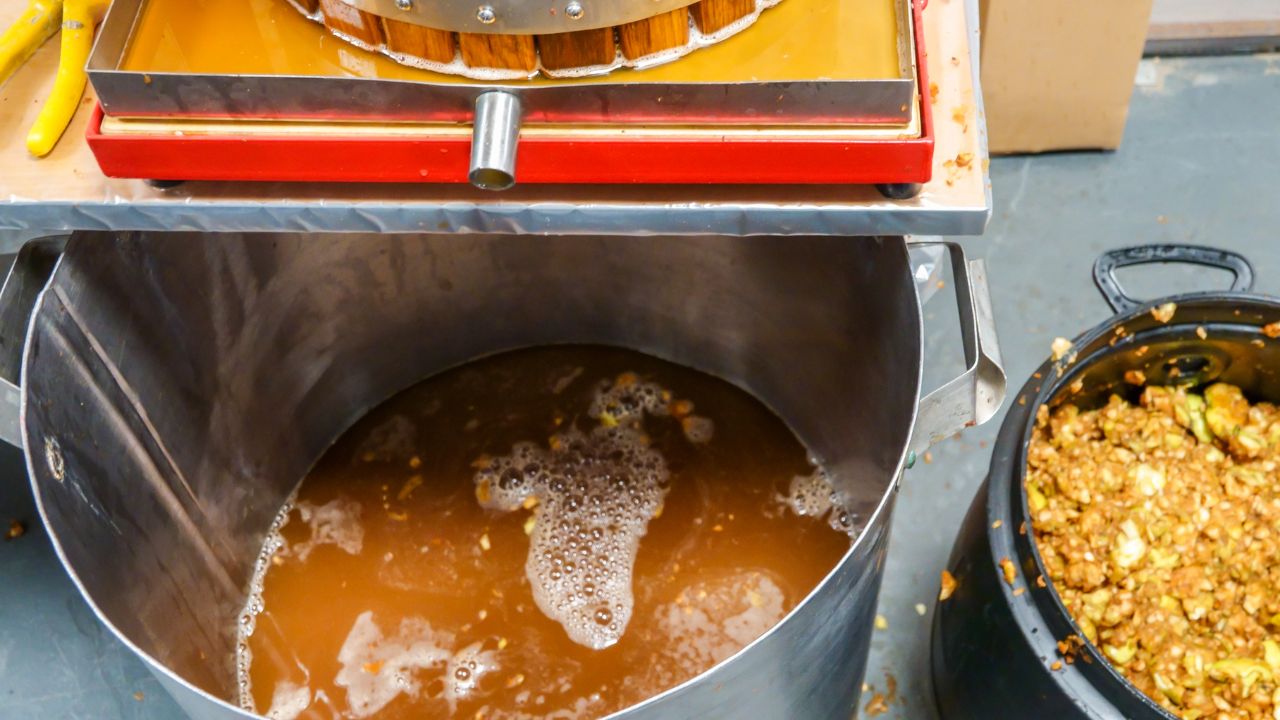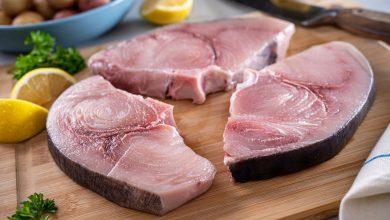
Apple cider is a delicious drink that can be enjoyed all year round, but especially in the fall and winter seasons. It is made from fresh apples that are juiced and spiced with cinnamon, cloves, and other aromatics. Apple cider can be served hot or cold, and it can also be fermented to make hard cider, which is an alcoholic beverage.
In this article, Trendbbq will show you how to make apple cider at home using simple ingredients and equipment. You will learn how to select the best apples for cider making, how to extract the juice from them, and how to flavor and store your homemade apple cider. You will also find some tips and variations to customize your cider according to your taste and preference.
Table of Contents,
1. Why Make Your Own Apple Cider?
Making your own apple cider offers numerous advantages, including the ability to choose from a wide variety of apples, whether they are sweet, sour, or a combination of both. You also have the option to blend different apple types, allowing you to craft a unique flavor profile.
Another benefit is the control you have over the quality and freshness of your apple cider. By using organic apples and avoiding any additives or preservatives often present in store-bought cider, you can ensure a purer product.
Furthermore, crafting your own apple cider can lead to cost savings, especially when using apples that are in-season or grown in your own orchard. This way, you can also repurpose excess or bruised apples that might otherwise go to waste.
For those seeking a bit of culinary adventure, experimenting with various spices and herbs can enhance the depth and complexity of your apple cider. Additionally, if you’re feeling particularly adventurous, you can explore the world of hard cider by introducing yeast and sugar to your apple juice, allowing it to ferment for a few weeks.
2. What You Need to Make Apple Cider
To make apple cider at home, you will need the following ingredients and equipment:
- Apples: You will need about one-third of a bushel of apples to make one gallon of cider. You can use any apples you like, but it is recommended to use a mix of sweet and tart apples for a balanced flavor. Some popular apple varieties for cider making are Red Delicious, Yellow Delicious, Jonathon, Granny Smith, Gala, Honeycrisp, Fuji, and McIntosh.
- Sugar: You can add some sugar to your apple juice if you want a sweeter cider. The amount of sugar depends on your personal preference and the sweetness of your apples. You can use white sugar, brown sugar, honey, maple syrup, or any other sweetener you like.
- Spices: The most common spices used for apple cider are cinnamon, cloves, and allspice. These spices add a warm and cozy flavor to your cider that is perfect for the cold weather. You can use whole or ground spices, or you can use a spice bag or cheesecloth to infuse the spices into the juice without leaving any residue.
- Water: You will need enough water to cover the apples in a large pot. The water will help extract the juice from the apples and dilute it to your desired strength.
- Apple mill or food processor: You will need a device to chop or puree the apples into a pulp. An apple mill is a machine that is designed for this purpose, but you can also use a food processor or a blender if you don’t have one.
- Basket press or cheesecloth: You will need a tool to squeeze the juice out of the apple pulp. A basket press is a device that consists of a wooden frame with a metal mesh that holds the pulp and a screw mechanism that applies pressure on it. A cheesecloth is a thin fabric that you can wrap around the pulp and wring by hand.
- Demijohn or plastic container: You will need a large container with a lid and an airlock to store your apple juice while it ferments into hard cider. A demijohn is a glass bottle that has a narrow neck and a capacity of about one gallon. A plastic container is cheaper and easier to find, but it may not be as durable or sanitary as glass.
- Hydrometer: You will need a device to measure the specific gravity of your apple juice before and after fermentation. A hydrometer is an instrument that consists of a glass tube with a weighted bulb at one end and a scale at the other end. It floats in the liquid and indicates its density relative to water.
- Yeast: You will need an organism to convert the sugars in your apple juice into alcohol and carbon dioxide. Yeast is a type of fungus that comes in different strains and forms. For hard cider making, you can use cider yeast, wine yeast, champagne yeast, ale yeast, or bread yeast. Each yeast has its own characteristics and effects on the flavor and quality of your hard cider.
- Sulphur dioxide: You will need a chemical to prevent unwanted bacteria and microbes from spoiling your hard cider. Sulphur dioxide is commonly used as a preservative in winemaking and cidermaking. It comes in the form of Campden tablets, which are easy to use and measure. You can also use potassium metabisulfite, which is a powder that has the same function as sulphur dioxide.

3. How to Make Apple Cider: Step by Step Instructions
Follow these steps to make your own apple cider at home:
- Wash and cut the apples. Rinse the apples under running water and remove any dirt or debris. Cut out any bruises or damaged parts, and remove the stems and cores. You can leave the skins on for more color, flavor, and nutrients. Cut the apples into quarters or smaller pieces.
- Cook the apples. Place the apple pieces in a large pot and add enough water to cover them by at least 2 inches. Stir in some sugar, cinnamon, cloves, and allspice if you are using them. Bring the mixture to a boil over medium-high heat, then reduce the heat and simmer for about an hour, stirring occasionally.
- Mash the apples. Use a potato masher or a wooden spoon to mash the apples into a pulp. This will help release more juice and flavor from the apples.
- Strain the juice. Line a basket press or a colander with a cheesecloth and place it over a large bowl or another pot. Transfer the apple pulp to the press or colander and squeeze out as much juice as you can. You can use your hands, a ladle, or a wooden block to apply pressure on the pulp. Discard the pulp or save it for other uses, such as composting or baking.
- Enjoy or store your apple cider. You can drink your apple cider right away or refrigerate it for up to two weeks. You can also freeze it for longer storage or pasteurize it by heating it to 160°F (71°C) for 10 minutes and then bottling it in sterilized jars or bottles.
- Ferment your apple cider (optional). If you want to make hard cider, you will need to ferment your apple juice with yeast and sugar. To do this, transfer your apple juice to a demijohn or a plastic container and add some sulphur dioxide to kill any wild yeast or bacteria that may be present. You can use one Campden tablet per gallon of juice, or follow the instructions on the package of potassium metabisulfite. Let the juice sit for 24 hours, then add some yeast and sugar according to the directions on the yeast package. You can use about 1 teaspoon of yeast and 1 cup of sugar per gallon of juice, but you can adjust these amounts depending on your desired alcohol level and sweetness. Attach an airlock to the lid of your container and fill it with water to create a seal that allows carbon dioxide to escape but prevents oxygen from entering. Place your container in a dark and cool place with a stable temperature of about 60°F (16°C) to 70°F (21°C). Let your cider ferment for two to four weeks, or until it stops bubbling and clears up.
- Bottle your hard cider. Use a hydrometer to measure the specific gravity of your cider before and after fermentation. The difference between these two readings will tell you how much alcohol your cider has. For example, if your initial specific gravity was 1.050 and your final specific gravity was 1.000, then your cider has about 6.5% alcohol by volume (ABV). To bottle your hard cider, siphon it into clean and sanitized beer bottles using a plastic tube and a bottle filler. Leave some headspace in each bottle and cap them securely with crown caps or swing-top caps. Store your bottles in a dark and cool place for another two to four weeks to allow them to carbonate and mature.

4. Tips and Variations for Making Apple Cider
Here are various suggestions and options for crafting homemade apple cider:
- Adjust the quantity of water used during apple cooking based on your desired cider strength. Using less water will yield a more concentrated, flavorful cider, while employing more water will result in a lighter, milder cider.
- Tailor the sweetness of your apple juice by varying the amount of sugar added. Incorporating more sugar will produce a sweeter, higher-alcohol cider, while reducing sugar will yield a drier, lower-alcohol variant.
- Experiment with a diverse array of spices and herbs to infuse your apple cider with unique flavors. Consider options such as nutmeg, ginger, cardamom, star anise, vanilla, rosemary, thyme, sage, or mint.
- Enhance the acidity and balance the sweetness of your apple juice by incorporating lemon juice or apple cider vinegar.
- Create distinct cider flavors by introducing other fruits or fruit juices, such as pear, cranberry, cherry, peach, pineapple, or grape, to your apple juice.
- Ensure the safety of your hard cider by pasteurizing it through heating to 140°F (60°C) for 10 minutes before bottling.
Making apple cider from scratch is a rewarding and delicious endeavor, perfect for embracing the flavors of the fall season. By following these steps and experimenting with apple varieties, you can create your own signature apple cider recipe. So, gather your apples, equipment, and enthusiasm, and start brewing your homemade apple cider today. Cheers to enjoying the fruits of your labor!
5. FAQs
5.1. What is apple cider?
Apple cider is a beverage made from fresh apples. It can refer to both alcoholic (hard cider) and non-alcoholic (soft cider) versions. Soft cider is essentially apple juice, while hard cider is fermented and contains alcohol.
5.2. How can I make non-alcoholic apple cider at home?
To make non-alcoholic apple cider, start by washing and chopping fresh apples. Then, simmer them with water and spices like cinnamon and cloves for about 30 minutes. Strain the mixture, sweeten to taste, and enjoy!
5.3. What kind of apples are best for making cider?
The best apples for cider are a mix of sweet, tart, and aromatic varieties. Popular choices include Fuji, Granny Smith, Honeycrisp, and Gala. A blend of apple types often yields the best flavor.
5.4. Can I make apple cider without a juicer or press?
Yes, you can make apple cider without specialized equipment. Simply chop or grate the apples, simmer them, and then strain the liquid through a fine-mesh sieve or cheesecloth to remove the solids.
5.5. How do I make hard cider at home?
Making hard cider involves fermenting apple juice with yeast. Start by juicing or buying fresh apple juice, add yeast, and allow it to ferment in a clean, airlocked container for several weeks. Detailed recipes are available online.



